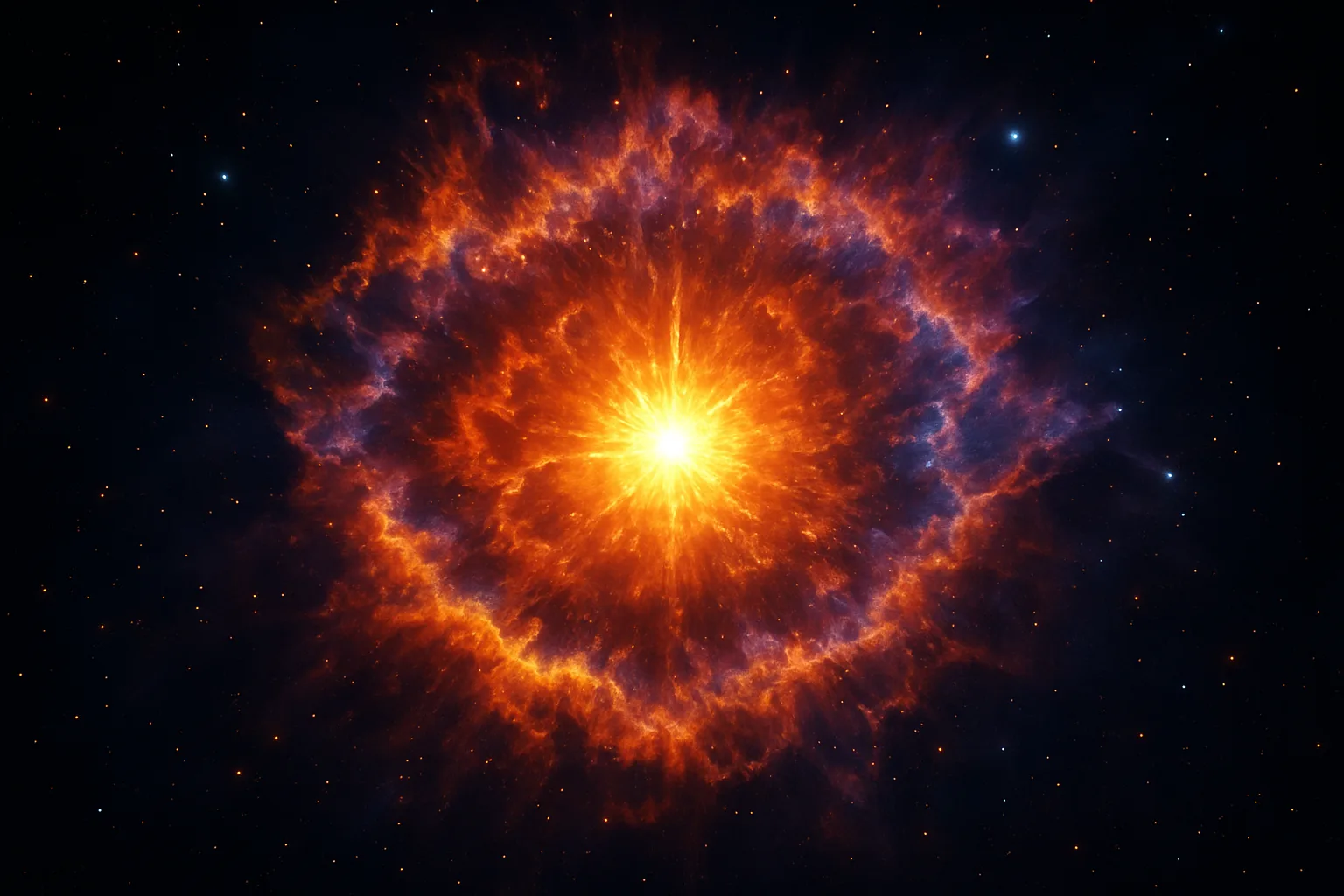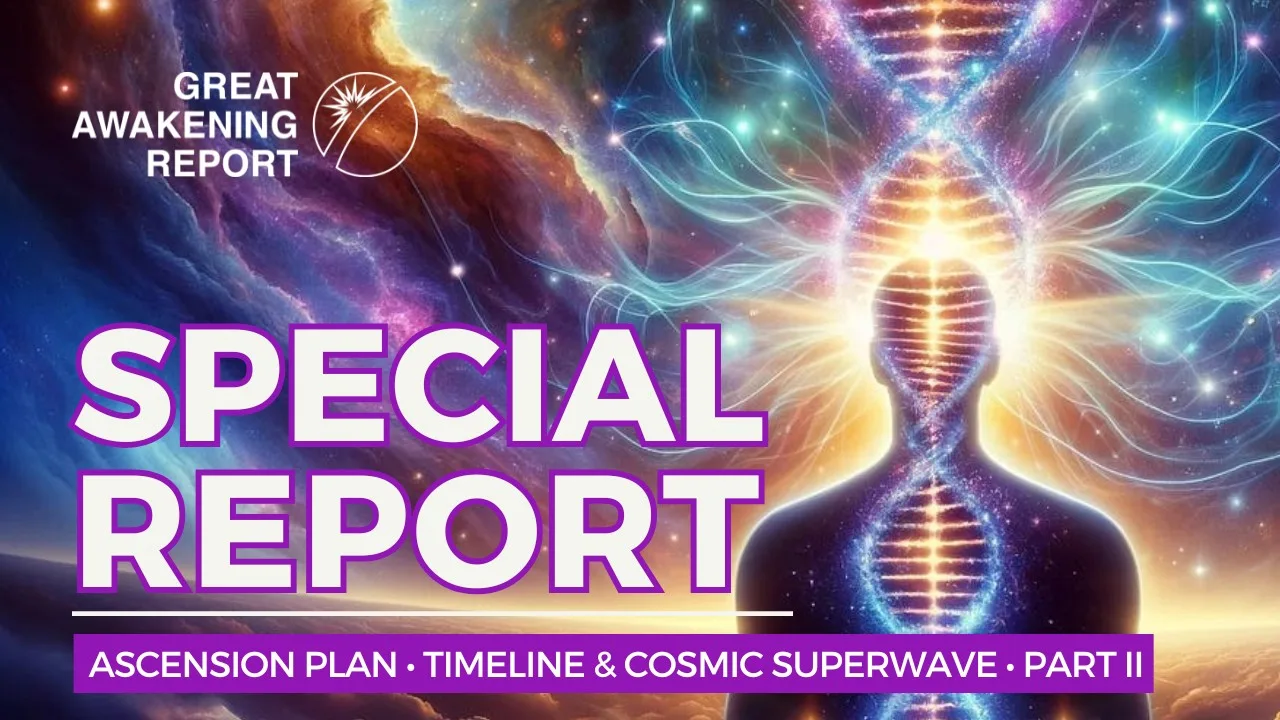Introduction to Supernovas: Cosmic Catalysts of Change
Supernovas are among the most spectacular and powerful astronomical phenomena in the universe. They occur when massive stars exhaust their nuclear fuel and undergo a catastrophic collapse, resulting in an explosive release of energy observable across vast distances. This event not only marks the end of a star’s life cycle but also plays a crucial role in the cosmic ecosystem.
As they explode, supernovas scatter elements forged in the star’s core—such as carbon, oxygen, and iron—into the interstellar medium. This process contributes to the formation of new stars and planetary systems, making supernovas key players in the cycle of stellar evolution and chemical enrichment of the universe. According to research, the remnants of supernova explosions often reshape nearby gas clouds, triggering new star formation in a phenomenon known as triggered star formation [Source: Australian Mining].
Furthermore, supernovas serve as critical indicators of cosmic distance, aiding astronomers in understanding the expansion of the universe and providing insights into dark energy’s influence on cosmic acceleration [Source: Farm Progress]. The energy released during these events can outshine entire galaxies for a brief period, making supernovas not only magnificent spectacles but essential tools for unraveling the universe’s mysteries and the dynamic processes that govern it.
The Science Behind Supernovas: How They Occur
Supernovas are among the most spectacular events in the universe, resulting in the catastrophic explosion of a star. Understanding the mechanisms behind supernovae involves examining different types of stars and their evolutionary pathways.
1. Types of Supernovas: Supernovae are classified predominantly into two categories: Type I and Type II.
– Type I Supernovae occur in binary star systems, where a white dwarf accumulates matter from its companion star until it reaches a critical mass (Chandrasekhar limit), leading to a runaway nuclear fusion reaction and explosive destruction. These supernovae are important for cosmic distance measurements due to their consistent peak brightness [Source: Space.com].
– Type II Supernovae are the result of the gravitational collapse of massive stars (typically greater than 8 solar masses) after they have exhausted their nuclear fuel. This type leads to a core collapse, generating an enormous energy release as the outer layers rebound and are expelled into space [Source: Astronomy Magazine].
2. Lifecycle of Stars: The lifecycle of a star culminates in a supernova through several stages:
– Stellar Formation: Stars form from clouds of gas and dust, undergoing nuclear fusion once the core temperature and pressure are sufficient.
– Main Sequence: During this stable phase, stars spend the majority of their lives fusing hydrogen into helium.
– Red Giant Phase: As hydrogen is depleted, the core contracts and temperatures rise, allowing helium to fuse into heavier elements. This phase can lead to instability in more massive stars, resulting in their eventual collapse.
– Supernova Event: Once a massive star’s core becomes predominantly iron, fusion ceases, leading to the core collapse. The outward pressure from the intense energy generation cannot counterbalance the force of gravity. Thus, when the core collapses, it triggers a supernova as the star’s outer layers are expelled [Source: Universe Today].
In summary, supernovae exemplify the dramatic end-stages of stellar life cycles, highlighting the intense energy transformations and mass ejections that occur when massive stars can no longer sustain nuclear fusion.
The Historical Context of Climate Shifts
The Earth’s climate has undergone significant shifts throughout its geological history, influenced by a myriad of natural factors and processes. These shifts can be categorized into various periods, including ice ages and warmer interglacial phases, each driven by distinct mechanisms.
One of the foremost contributors to climatic change has been Milankovitch cycles, which describe the variations in Earth’s orbital eccentricity, axial tilt, and precession. These factors collectively influence solar radiation distribution, leading to long-term climatic changes over tens of thousands of years. For instance, the transition into the last Ice Age around 120,000 years ago was primarily linked to these cycles, which resulted in cooler summers in the Northern Hemisphere that facilitated ice sheet formation [Source: Science Daily].
In addition to orbital variations, plate tectonics plays a crucial role. The movement of the Earth’s plates can alter ocean currents, change continental positions, and even modify atmospheric circulation patterns, all of which can dramatically impact climate. The uplift of the Himalayas, for instance, not only affected regional monsoon patterns but also contributed to a global cooling phase as the landmass reshaped climate dynamics [Source: Scientific American].
Volcanic activity is another critical factor in historical climate shifts. Major eruptions can inject aerosols into the stratosphere, leading to short-term global cooling by reflecting sunlight away from the Earth. The 1815 eruption of Mount Tambora, for instance, led to the “Year Without a Summer,” drastically reducing temperatures and disrupting weather patterns worldwide [Source: Britannica].
Moreover, variations in Earth’s atmospheric composition, such as changes in greenhouse gas concentrations, have consistently influenced climate. The correlation between CO2 levels and temperature is well-documented, with current levels reaching unprecedented highs due to human activities, further exacerbating the issues of global warming and climate change [Source: IPCC].
In summary, the historical context of climate shifts reveals a complex interplay of environmental factors including astronomical cycles, tectonic activities, volcanic eruptions, and atmospheric compositions, each significantly shaping the Earth’s climate over millennia. Understanding these dynamics is essential as we face ongoing climatic changes driven by both natural processes and human influences.
Supernovas and Earth’s Climate: Transcending Time and Space
Supernova explosions, the cataclysmic end of massive stars, can have significant impacts on Earth’s climate, primarily through their emissions of cosmic rays and other energy forms. Research indicates that supernovae play a role in altering atmospheric chemistry, potentially influencing climate patterns over geological timescales. For example, studies have shown that enhanced cosmic ray flux can lead to increased cloud formation, thereby affecting climate by altering the Earth’s albedo and the hydrological cycle.
A pivotal paper published in Geophysical Research Letters discussed how supernova events may coincide with periods of climate change on Earth, particularly during the last ice age. These cosmic events might have contributed to notable climate shifts by augmenting cloud condensation nuclei through ionization processes in the atmosphere, which can enhance precipitation patterns and change temperature profiles [Source: Austrian Mining].
Moreover, a recent study in Nature highlighted that supernovae occurring close to Earth (within about 50 light-years) could increase the rate of cosmic rays reaching our planet significantly, which has implications for cloud cover and long-term climate variability. The researchers noted that this increased influx of cosmic radiation could induce climate feedback mechanisms that exacerbate existing climatic trends during particular epochs [Source: Farm Progress].
In summary, the interplay between cosmic events like supernovae and Earth’s climate invites further exploration, especially regarding how these ancient events sculpt our planet’s weather and ecological systems over time. Continual studies in astrophysics and climate science are crucial in clarifying these complex interactions and understanding our planet’s climatic past.
Case Studies: Notable Instances of Climate Change Influenced by Supernovas
Supernovae have been linked to significant climate changes throughout Earth’s history, with a few notable instances providing compelling case studies about their impact.
One of the most discussed effects of supernova activity is the increase in cosmic rays reaching Earth. Research suggests that cosmic rays can influence cloud formation, which in turn affects climate and weather patterns. For example, a study indicated that increased cosmic radiation could lead to more low-level clouds, thus cooling the Earth’s surface [Source: NCIB].
Another historical instance involves the supernova G1.9+0.3, which exploded approximately 150 years ago. Evidence suggests that the burst contributed to climatic fluctuations during the late 1800s and early 1900s, impacting agricultural outputs significantly in regions reliant on consistent weather patterns. The isotopic signatures in tree rings during this period imply changes in atmospheric dynamics likely related to the increased cosmic rays generated by this supernova [Source: ScienceDirect].
Moreover, the link between supernova explosions and mass extinction events further emphasizes their potential climatic effects. The most studied instance is the end-Ordovician extinction, believed to be partially triggered by a nearby supernova causing dramatic environmental shifts, including significant climate cooling [Source: The Company of Biologists].
These examples highlight the profound influence supernovae may have had on climate fluctuations, linking cosmic events with terrestrial consequences. For further reading on climate influence, see our coverage on environmental shifts and their impacts on ecosystems [Great Awakening Report – October 2018].
Conclusion: Reflections on Cosmic Influence and Earthly Consequences
The connection between cosmic activities and Earth’s climate is increasingly evident. Cosmic phenomena—such as solar flares, cosmic rays, and magnetic field shifts—can significantly influence climatic conditions. For example, cosmic ray influx during periods of higher solar activity can lead to variations in cloud formation and, subsequently, changes in climate patterns on Earth [Source: Farm Progress]. Understanding such relationships is crucial for improving climate models and enhancing our predictive capabilities regarding climate change impacts.
Moreover, the importance of studying these phenomena is underscored by their potential implications for future climate predictions. Accurate data collection and enhanced monitoring can yield insights into how cosmic activities may disrupt established weather patterns and contribute to extreme weather events [Source: Australian Mining]. By integrating advanced technologies into climate research, scientists can build more robust frameworks for understanding and mitigating the effects of these cosmic influences on Earth’s climate. This research ultimately supports more effective policy-making and preparedness strategies in the face of a changing climate.
Sources
Share This Report
Have questions?
At Great Awakening Report, we are dedicated to supporting your journey toward truth and enlightenment through our specialized Coaching and Consulting services.
Coaching Services: Our coaching programs are designed to guide you through personal awakening and transformation. We offer personalized sessions that focus on expanding consciousness, uncovering hidden truths, and fostering spiritual growth. Our experienced coaches provide the tools and insights necessary to navigate your path with clarity and confidence.
Consulting Services: For organizations and individuals seeking deeper understanding and strategic guidance, our consulting services offer expert analysis and solutions. We delve into areas such as global transitions, alternative news insights, and consciousness studies to provide comprehensive strategies tailored to your unique objectives.
Embark on a transformative journey with our Coaching and Consulting services, and unlock your highest potential. To learn more and schedule a session, visit our Coaching and Consulting pages.
Thank you
Thank you to our subscribers and readers for your continued support and dedication to truth and awakening. Your encouragement, engagement, and belief in our mission make everything we do possible. Together, we are expanding awareness and helping illuminate the path forward.
If you would like to further support the Great Awakening team and our ongoing efforts to share insight, knowledge, and truth, you can DONATE HERE.
With deep gratitude,
– Great Awakening Team
DISCLAIMER: All statements, claims, views and opinions that appear anywhere on this site, whether stated as theories or absolute facts, are always presented by The Great Awakening Report (GAR) as unverified—and should be personally fact checked and discerned by you, the reader.Any opinions or statements herein presented are not necessarily promoted, endorsed, or agreed to by GAR, those who work with GAR, or those who read or subscribe to GAR.Any belief or conclusion gleaned from content on this site is solely the responsibility of you the reader to substantiate.Any actions taken by those who read material on this site are solely the responsibility of the acting party.You are encouraged to think for yourself and do your own research.Nothing on this site is meant to be believed without question or personal appraisal.
COPYRIGHT DISCLAIMER: Citation of articles and authors in this report does not imply ownership. Works and images presented here fall under Fair Use Section 107 and are used for commentary on globally significant newsworthy events. Under Section 107 of the Copyright Act 1976, allowance is made for fair use for purposes such as criticism, comment, news reporting, teaching, scholarship, and research.
COMMUNITY GUIDELINES DISCLAIMER: The points of view and purpose of this video is not to bully or harass anybody, but rather share that opinion and thoughts with other like-minded individuals curious about the subject.









